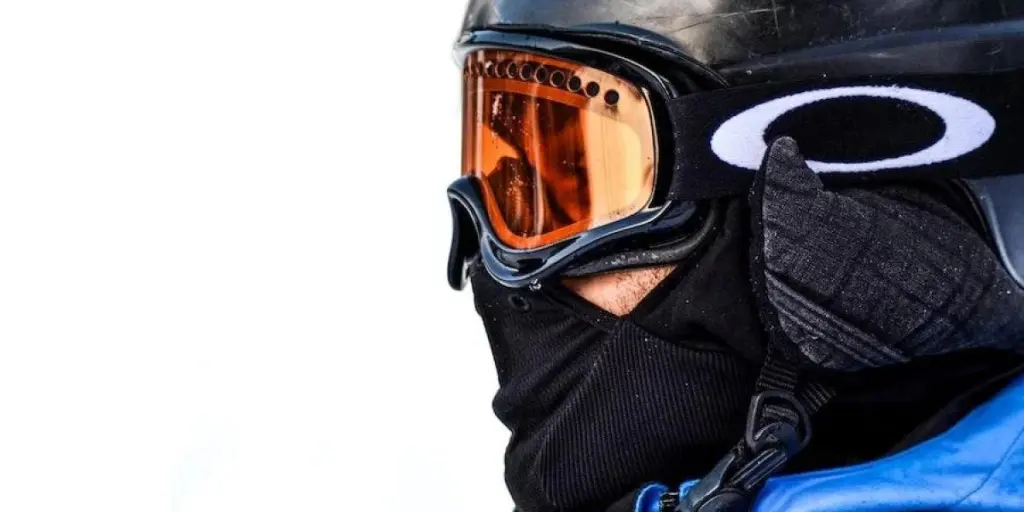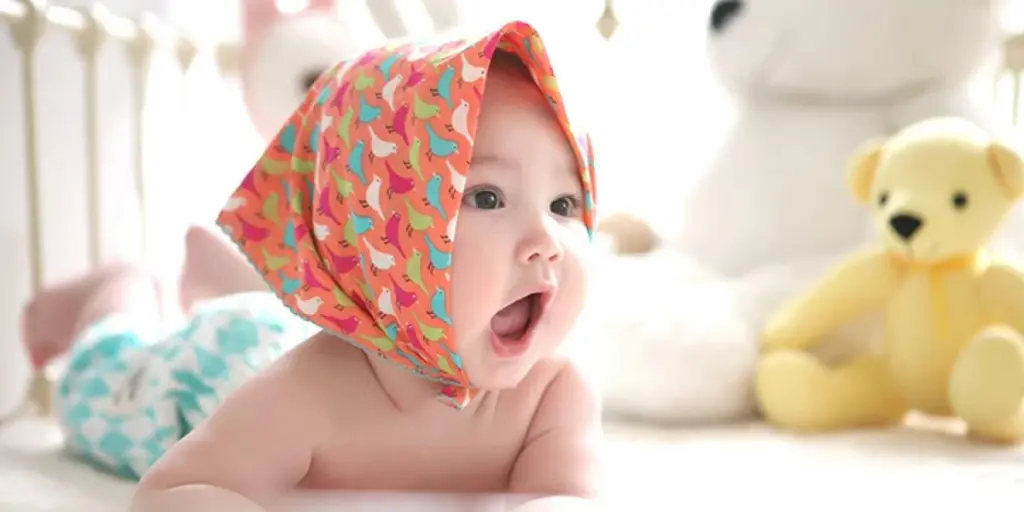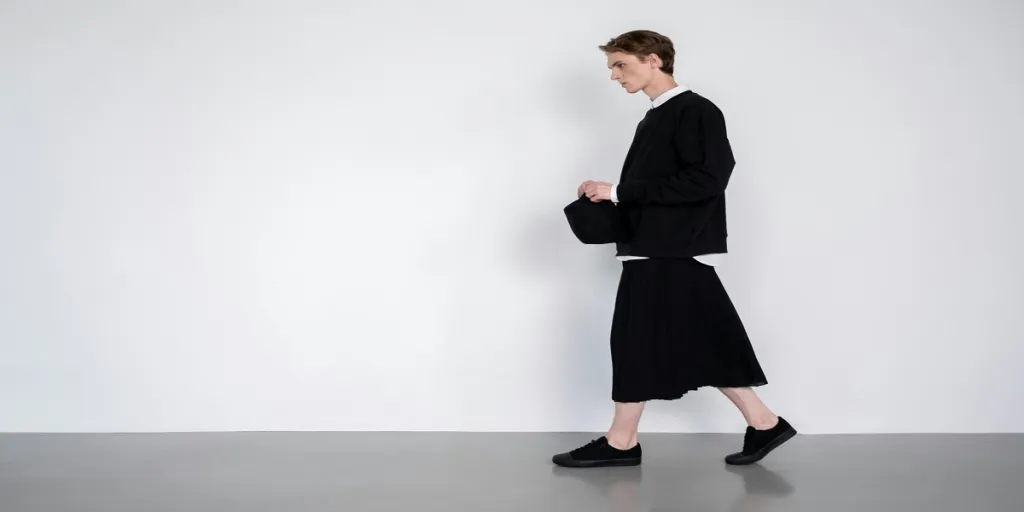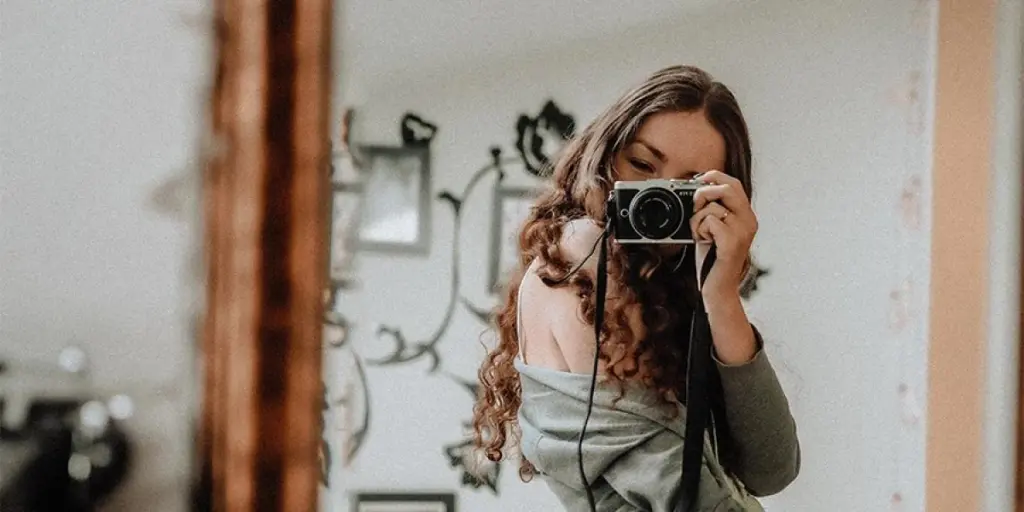Skiing as a sport requires total protection to avoid injuries and other potential hazards. Face masks are among the essential items consumers need for a safe skiing experience.
However, masks must not be for protection purposes only. Consumers can also look stylish while enjoying functionality with various ski mask varieties. This article discusses five trendy winter face masks consumers will love for skiing in 2022.
Table of Contents
How big is the face mask industry
5 top-trending winter face masks for skiing
Roll out with these face masks
How big is the face mask industry
Protective masks were a big hit during the lockdown periods, yet they seem to continue exerting a strong influence in the fashion industry—even after lifting most restrictions. But consumers are ditching the standard medical item for more fashionable items.
The global protective face mask market rose to about $23.70 billion in 2021. Although the demand reduced and the market dropped to $10.76 billion in 2022, experts predict the industry will grow to $19.85 billion by 2029. They expect it to register a CAGR of 9.1% over the forecast period.
More outdoor activities, like skiing, are witnessing glorious revivals, which helps to sustain the face mask industry. Additionally, the changing fashion trends and the growing influence of the social market are other factors helping to push the fashionable face mask market.
5 top-trending winter face masks for skiing
Half-balaclava

Ballerclava masks are superb when it comes to protecting wearers. Usually, these masks protect the head and face. However, the half-balaclava won’t cover the head, but it’ll offer protection on the level of neck gaiters.
In addition to being functional, half-balaclava masks are also stylish. They’ll appeal to consumers needing heavy protection but who don’t want to feel too hot. Usually, these face masks come with air-warming chambers that regulate breathing temperature and prevent googles from getting foggy.
Half-balaclava masks are also versatile pieces. Consumers can wear them with helmets, goggles, and other headgear. The item’s design can rival some of the best neck gaiters for skiing and snowboarding. Wearers will also find it easy to pull half-balaclavas under their lips or chin when necessary.

Wearers can comfortably rock half-balaclava masks in temperatures between 0-10 degrees Celcius. These masks won’t get uncomfortable when paired with helmets. To top it off, the fabric won’t touch the wearer’s lips, making half-balaclavas breathable.
Neck gaiter

Half balaclavas are great for temperate conditions, but consumers needing something more robust against colder temperatures will love neck gaiters. These winter masks have quick-drying and thermoregulating features capable of keeping wearers comfortable—even when spending a day on the mountain.
Some neck gaiter models also offer windproof and warm fabrics. The compression fabric is durable enough to endure constant movement and stay true to the wearer’s form. Neck gaiters are incredibly adaptable. They have various designs and styles that look great with any winter ensemble.
Although they’re called neck gaiters, the mask can cover the wearer’s ears, mouth, and head. Neck gaiters also pair well with baseball caps for more protection. Neck gaiters may also insulate necklines under scarves, jackets, and other winter layers.
Neck gaiters can also turn any top or tee into turtlenecks. Consumers may pull the item to their noses to replicate the facemask effect. Neck gaiters are top picks for temperatures below -10 degrees Celcius.

In addition, neck gaiters also provide UV protection. UV risk is not a summer-only problem. In truth, snow and ice reflect a dangerous amount of sunlight affecting the eyes and skin. But neck gaiters can help consumers deflect these problems without worry.
Convertible balaclava

Convertible balaclavas are hybrid face masks consumers can rock in two different styles. They’re easy to swap between a hooded and facemask style. These items come with hinged upper hoods wearers can fold back effortlessly.
Polyester midweight fleece is the most popular material used to make convertible balaclavas. The fabric gives the item a low profile, allowing it to fit under goggles or helmets. Convertible balaclavas also extend their versatility to the neck area. Wearers can relish a warm, long cowling providing extra protection from wind and snow.

Cotton is another fabric popular with convertible balaclavas. They have excellent thermoregulation qualities and will keep consumers comfy throughout the skiing experience. Most convertible balaclavas are form-fitting, giving them extra comfort and making them great matches with other winter essentials.
Convertible balaclavas come with under-eye stitching since they hug the skin tightly. This feature protects consumers from irritation but won’t obstruct the line of sight.
Double balaclava

Double balaclavas are lightweight options that come with incredible versatility. Some models have internal cord adjustments allowing wearers to cover their nose and mouth or rock the pieces as neck gaiters.
However, these items are widespread for their double layers. Double balaclavas use double-layer fabrics for enhanced warmth in extreme temperatures. In addition, these wearables boast enhanced durability, comfort, and breathability.
These masks are incredible options for skiing without looking like Hannibal Lecter. Double balaclavas also have moisture-wicking properties, which keep consumers dry during activities. Adjustable nose clips on the piece can help prevent foggy goggles.

Businesses can stock up on double balaclavas in various attractive colors. Some models even feature zippers that provide extra ventilation in case consumers feel stuffy. Double balaclavas may also feature cutting points for consumers with longer hair.
Dual layer tube

One of the warmest ski masks available, the dual-layer tube combines comfort with functionality. Usually, they contain synthetic materials that provide a wind-resistant finish. They may not have hoods, but these tubes look dashing with ski helmets.
Dual-layer tubes are incredibly versatile pieces. Consumers can effortlessly switch between wearing them as neck warmers and face masks. They may also feature second mesh layers to add moisture-wicking properties to the item.
Spandex can make the dual-layer tube stretchy, making it easier to pull the piece past the neck. Interestingly, these items can give two layers of breathable sun-protective fabric and provisions for extra filters. Earloops and hooks make some variants easier to secure to the face and adjust the fit.

Dual-layer tubes can look perfect when tucked into a ski jacket or baselayer. Such combinations provide extra protection and enhanced breathability while skiing down the slopes. Consumers not comfortable with tight fits will love loose variants. These ski masks also have quick dry capabilities, so consumers won’t worry about feeling moist.
Roll out with these face masks
Most consumers take a break from outdoor activities when winter comes knocking. They won’t dare wear the usual summer active attire due to the cold, and winter outfits may be too heavy for things like jogging and gyms.
However, skiing allows consumers to stay active and fit when snow blankets the environment. They’ll need the necessary equipment to stay safe and comfortable on the slope—and face masks fall under this list. Customers will be looking for more options combining style and functionality.
Therefore, businesses must consider investing in half-balaclavas, neck gaiters, convertible balaclavas, double balaclavas, and dual-layer tubes for more sales in the upcoming ski season.




